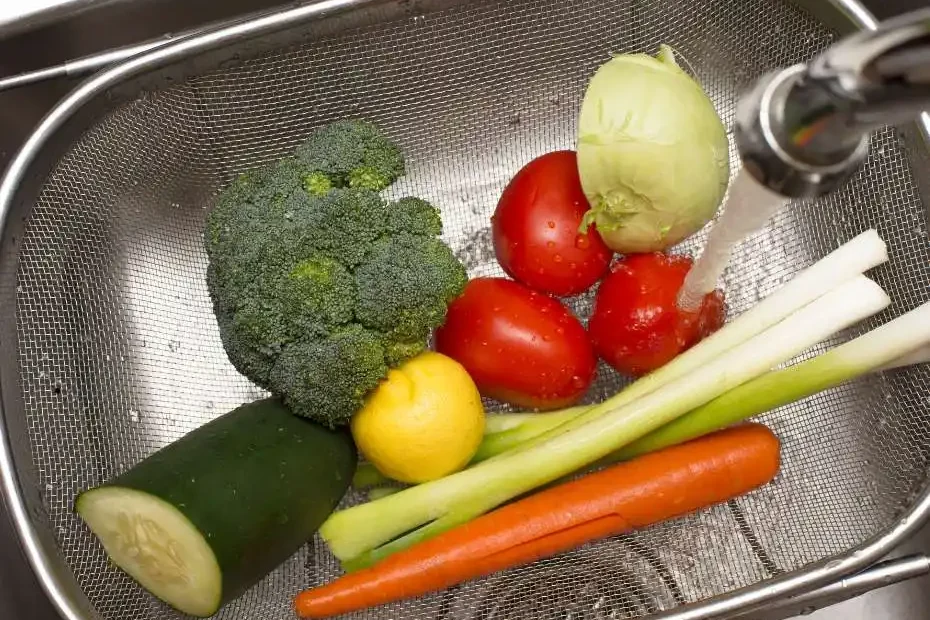Veggie Trays are a popular and convenient choice for gatherings and parties, offering a healthy alternative to traditional snack options. However, ensuring the safety and hygiene of these trays is crucial to prevent foodborne illnesses.
From proper washing of produce to maintaining cold temperatures, there are necessary guidelines to follow to keep your veggie tray safe for consumption. In this guide, we will probe the key factors you need to be aware of to protect yourself and your guests from any potential health risks related to veggie trays.
Types of Veggie Trays
For any gathering or event, veggie trays are always a popular and healthy choice. There are several types of veggie trays to choose from, ranging from pre-packaged options to homemade creations. Knowing the differences between these types can help you decide which one is best for your specific needs.
| Pre-Packaged Trays | Homemade Trays |
| Convenient and time-saving | Customizable to your preferences |
| May contain preservatives | Fresh ingredients |
| Standard vegetable selection | Unique vegetable combinations |
| Potential for cross-contamination | Control over cleanliness and hygiene |
| Expiration date to consider | Freshness can be ensured |
Pre-Packaged vs. Homemade Trays
Clearly, the choice between pre-packaged and homemade veggie trays depends on your priorities. Pre-packaged trays offer convenience and time-saving benefits, but homemade trays allow for customization and control over ingredients. Consider factors like freshness, preservatives, and potential for cross-contamination when making your decision.
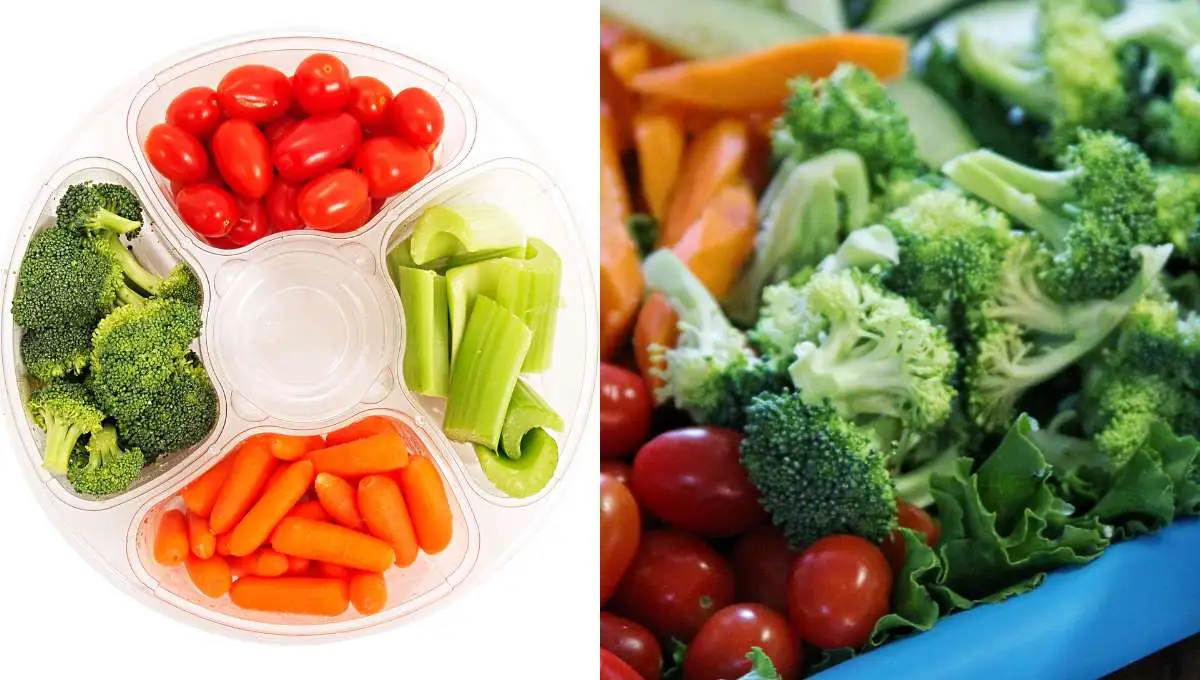
Variety and Selection of Vegetables
To create a visually appealing and nutritious veggie tray, consider the variety and selection of vegetables you include. Aim for a colorful assortment of fresh vegetables such as carrots, cucumbers, bell peppers, cherry tomatoes, and broccoli. These not only add visual appeal but also provide a range of necessary nutrients for your guests to enjoy.
After you’ve chosen your veggie tray type, the next step is deciding on the perfect dip to accompany it. Dip selection can elevate the taste of the veggies and add an extra layer of flavor to the tray. Choose from classic options like ranch, hummus, or guacamole, or get creative with homemade yogurt-based dips or spicy salsa. No matter your choice, make sure to consider the preferences and dietary restrictions of your guests.
Tips for Ensuring Veggie Tray Safety
Little attention to safety measures can go a long way in ensuring the hygiene and safety of veggie trays. Here are some tips to keep in mind:
- Wash all vegetables thoroughly before preparing the veggie tray.
- Use separate cutting boards for vegetables and meats to avoid cross-contamination.
- Keep the veggie tray refrigerated until ready to serve.
- Discard any perishable vegetables that have been left out at room temperature for more than two hours.
Perceiving the importance of these tips can help prevent foodborne illnesses and ensure the safety of your veggie tray.
Proper Cleaning Techniques
To maintain hygiene standards, always wash vegetables under running water before preparing them. Use a clean brush to scrub hard-skinned vegetables like potatoes and carrots to remove any dirt or residue.
Safe Storage and Handling
The safety of your veggie tray depends significantly on proper storage and handling. Storage in the refrigerator at temperatures below 40°F is crucial to prevent bacterial growth. When handling the tray, ensure that it is placed on a bed of ice or in a cooler to maintain its freshness and quality.
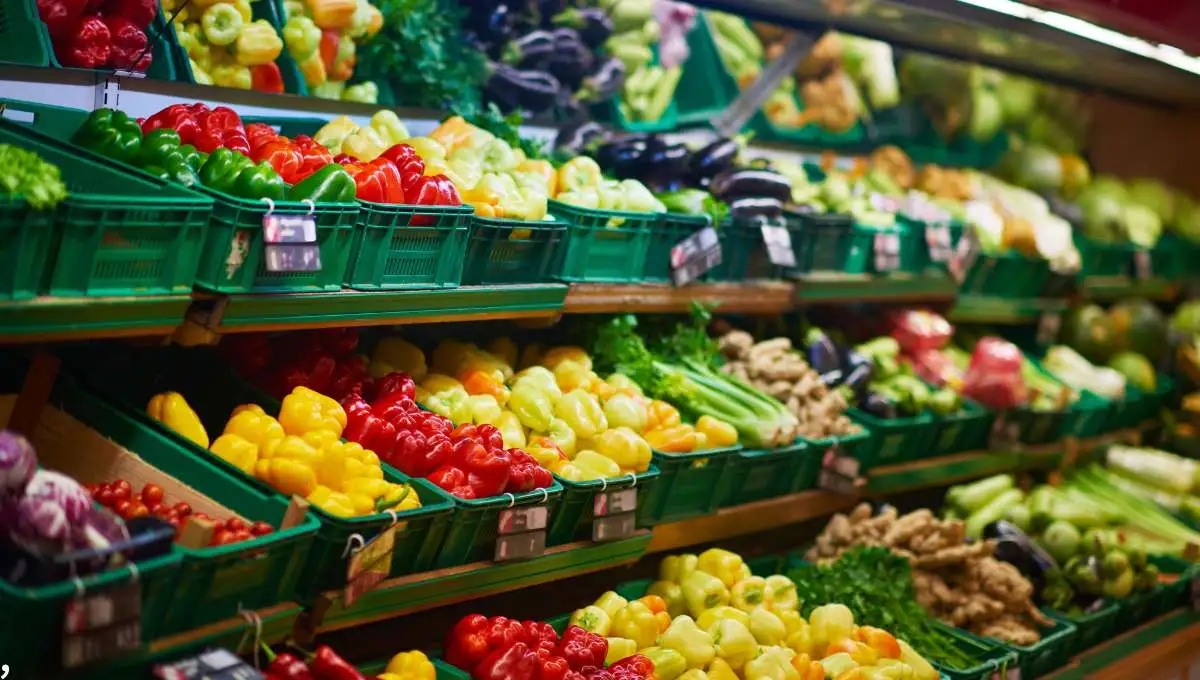
Step-by-Step Guide to Preparing a Safe Veggie Tray
Unlike other snack options, veggie trays offer a healthy and fresh alternative that is perfect for gatherings and parties. Ensuring the safety and hygiene of your veggie tray is crucial, and following proper preparation steps is crucial.
| Selection of Fresh Produce | Cleaning and Preparing Vegetables |
On Selection of Fresh ProduceWhen choosing vegetables for your veggie tray, select fresh produce that is firm, vibrant in color, and free from any signs of spoilage. Opt for a variety of vegetables such as carrots, cucumbers, bell peppers, cherry tomatoes, and celery to add color and flavor to your tray. |
On Cleaning and Preparing VegetablesYou must thoroughly clean and prepare the vegetables before assembling your veggie tray. Rinse all the vegetables under running water and scrub them gently to remove any dirt or residue. Peel, chop, or slice the vegetables as needed, ensuring they are ready to be easily picked up and enjoyed by your guests. |
Selection: Choose a variety of vegetables for your veggie tray to offer different textures and flavors. Make sure to inspect the produce carefully and discard any items that appear wilted or spoiled.
Factors Affecting Veggie Tray Hygiene
Your veggie tray’s safety and hygiene are influenced by various factors. It’s important to understand these factors to ensure the freshness and cleanliness of your vegetable platter. Factors that affect veggie tray hygiene include temperature and environmental considerations as well as cross-contamination risks. Assume that these factors play a crucial role in determining the overall safety of your veggie tray.
Temperature and Environment Considerations
For a veggie tray to remain safe for consumption, it is crucial to pay attention to temperature and environmental considerations.
| Temperature | Environment |
| Keep veggies refrigerated at 40°F or below to prevent bacterial growth. | Avoid placing the veggie tray in direct sunlight or near sources of heat. |
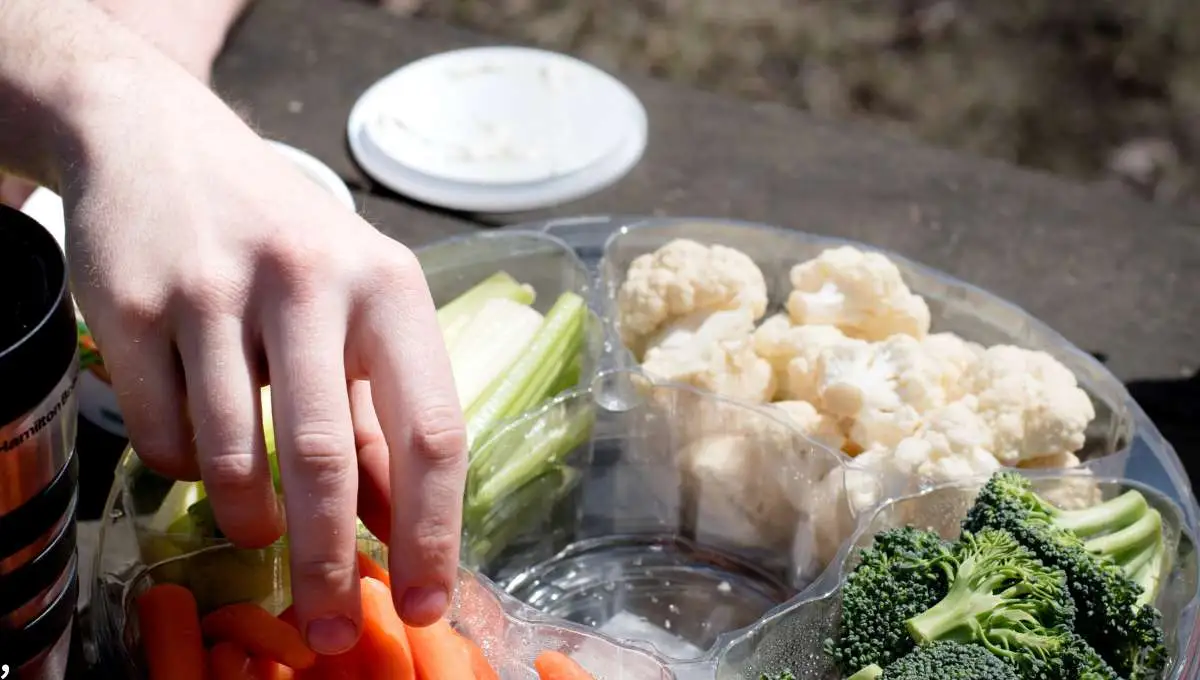
Cross-Contamination Risks
Clearly, cross-contamination risks pose a significant threat to the hygiene of veggie trays.
This can occur when raw vegetables come into contact with contaminated surfaces, utensils, or hands. Cross-contamination can lead to the spread of harmful bacteria such as E. coli or Salmonella, potentially causing foodborne illnesses. It is crucial to separate raw veggies from ready-to-eat items and to clean and sanitize all utensils and surfaces that come in contact with the veggies.
Pros and Cons of Veggie Trays
Not all veggie trays are created equal. While they provide a convenient and healthy option for parties and gatherings, there are also potential drawbacks to consider. Let’s break down the pros and cons in the table below:
| Pros | Cons |
| Convenient and ready-to-eat | May contain harmful bacteria if not handled properly |
| Colorful and appealing display | Some vegetables may wilt or become soggy if not consumed quickly |
| Provide a variety of nutrients | Not suitable for individuals with certain food allergies |
| Encourage healthy snacking | Can be more expensive than buying individual vegetables |
Nutritional Benefits
While veggie trays offer a variety of nutrients such as vitamins, minerals, and fiber, it’s important to note that the nutritional content can vary depending on the types of vegetables included. Be mindful of portion sizes and pair with a healthy dip for added flavor.
Potential Health Risks
Health risks associated with veggie trays mainly revolve around food safety concerns. Improper handling or storage of the vegetables can lead to contamination and foodborne illnesses. It’s crucial to wash the vegetables thoroughly and store them at the appropriate temperature to prevent bacterial growth.
Risks of consuming contaminated vegetables include food poisoning, stomach cramps, diarrhea, and vomiting. Proper hygiene practices and ensuring the freshness of the vegetables are key to reducing the likelihood of health risks.
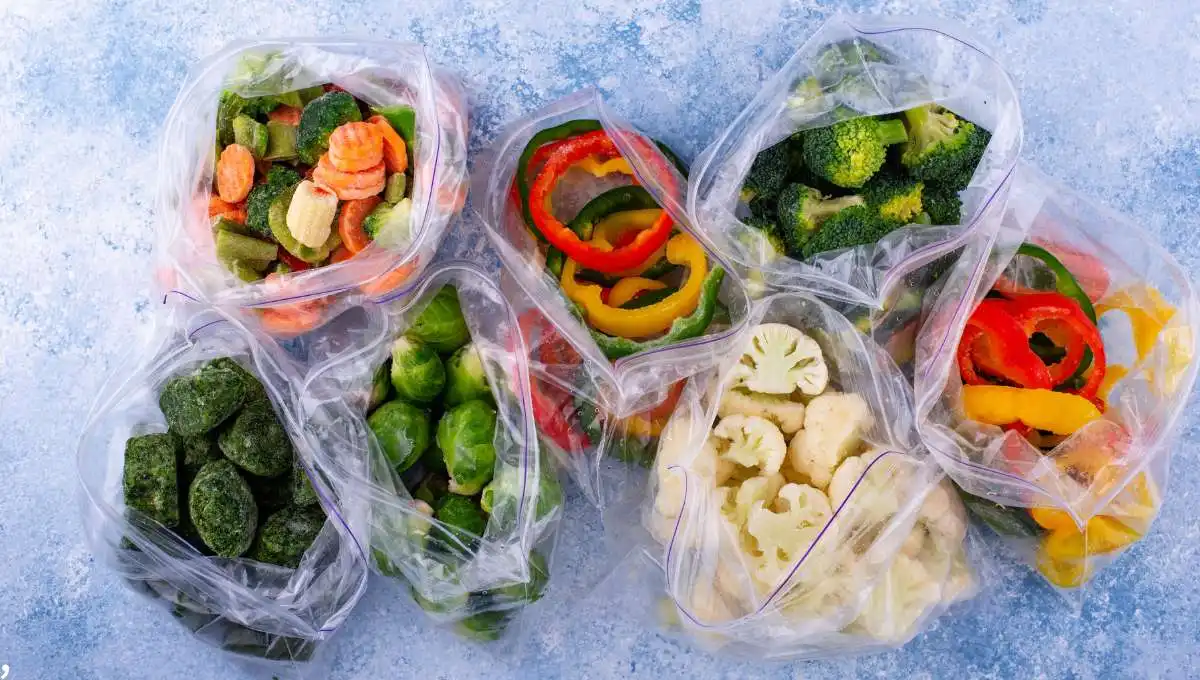
Frequently Asked Questions (FAQs)
Why are veggie trays a popular choice for parties and events?
Veggie trays are a popular choice for parties and events because they are not only visually appealing but also provide a healthy snacking option for guests. They are versatile, can accommodate different dietary restrictions, and are easy to assemble.
How can I ensure the safety of veggie trays?
To ensure the safety of veggie trays, it is important to wash all the vegetables thoroughly before cutting and arranging them on the tray. Use separate cutting boards for fruits and vegetables to prevent cross-contamination. Additionally, make sure to store the veggie tray in the refrigerator until ready to serve to prevent spoilage.
What are some tips for maintaining the hygiene of veggie trays during a party?
To maintain the hygiene of veggie trays during a party, it is recommended to keep the tray refrigerated or on a bed of ice to keep the vegetables fresh. Remind guests to use clean utensils instead of their hands when serving themselves from the tray. Cover the tray with a lid or plastic wrap when not in use to protect it from insects and contaminants.
Conclusion
Drawing together the aspects of food safety and hygiene, it is crucial to understand the necessary precautions when serving veggie trays. By following proper handling, preparation, and storage techniques, you can ensure the safety of the vegetables and prevent the spread of harmful bacteria. Remember to wash, separate, cook, and chill to keep your veggie trays safe for consumption. By staying informed and implementing best practices, you can enjoy these healthy snacks with peace of mind.
